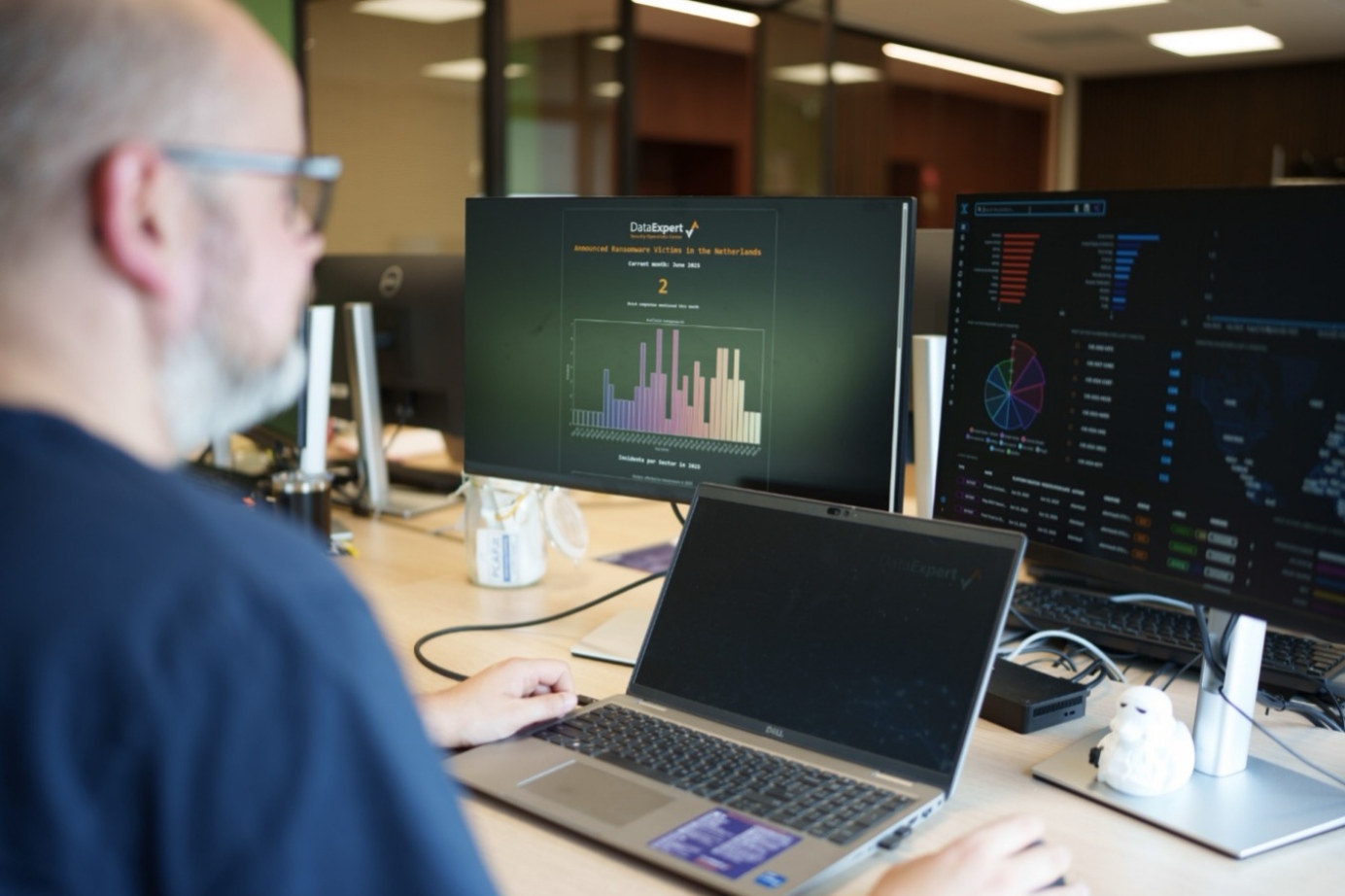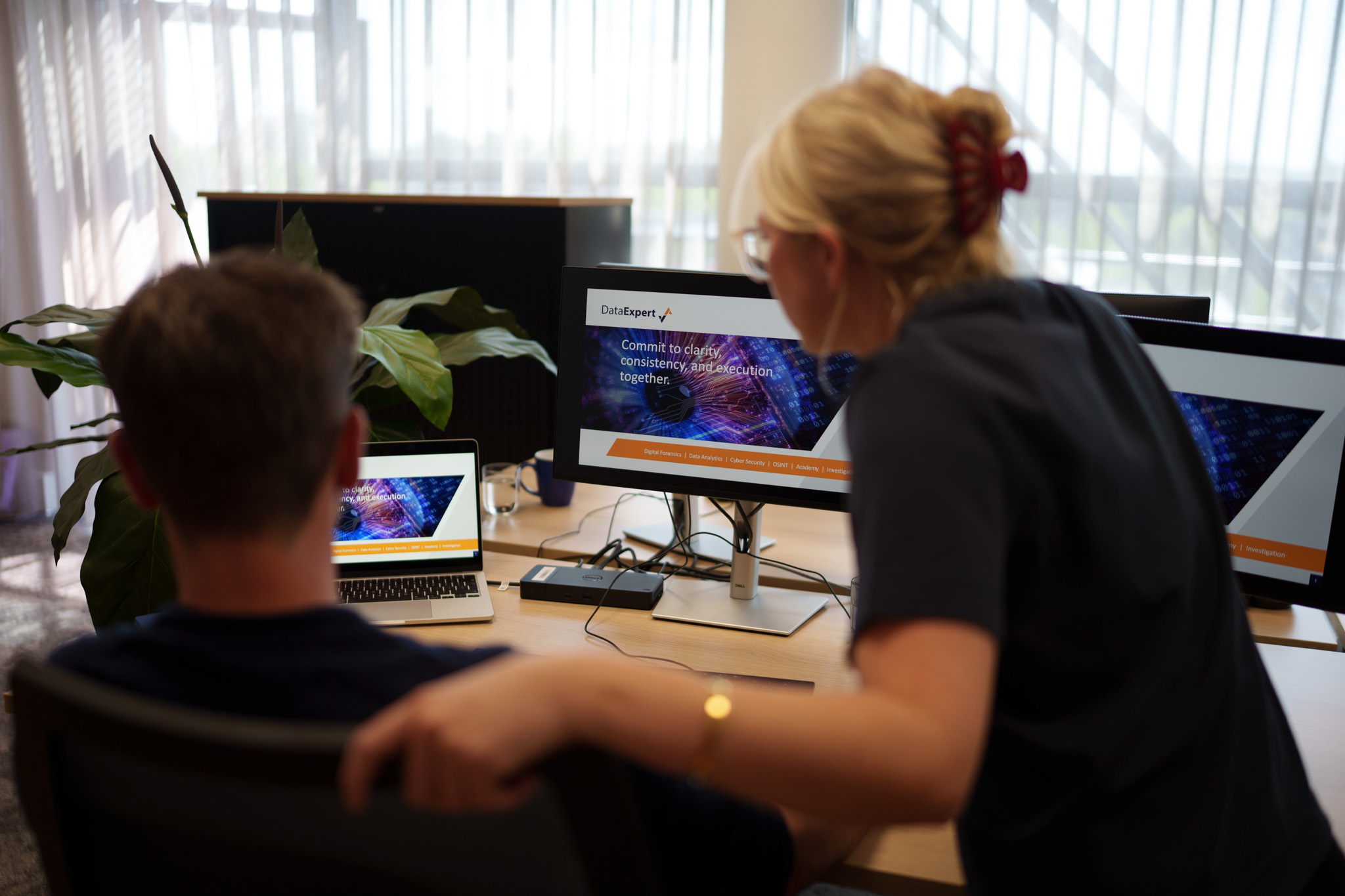When Signals Lack a Story
Modern security tooling is loud. Dashboards refresh by the second. Alerts trigger at every deviation from baseline. But detection alone isn’t enough. Without someone connecting the dots, the signal stays isolated. A login from a foreign IP might be nothing more than a misconfigured VPN. Or it could be an early sign of compromise. Without context, you won’t know until it’s too late. And when the signals keep coming without structure or ownership, they start to blur into background noise.
The Risk of Fragmented Responsibility
This problem doesn’t stem from negligence—it’s structural. In many organizations, responsibility for detection is split. One team tracks identity activity. Another monitors endpoints. A third watches the network. Each performs their function, but no one owns the overall picture. That gap allows attackers to move quietly through systems. We’ve seen this time and again: alerts were present, but the narrative was missing. The result? Delayed response, misaligned teams, and threats that remain active longer than anyone realizes.
What Forensics Adds to the SOC
Now consider the same environment—but with a forensic lens. A login attempt is examined against known attack techniques. A registry change is placed into a timeline. A script execution is correlated with lateral movement. Suddenly, the picture changes. The isolated signals become part of a story. That’s the value of forensic context: it enables not just detection, but interpretation. You move beyond asking what happened, and begin to understand why—and what needs to happen next.
Control Requires Human Judgment
At DataExpert, we believe real control doesn’t live in dashboards. It lives in people. Our analysts don’t just forward alerts. They interpret them. They validate not only the signal, but its meaning. And when action is required, they take it—immediately. Because real incidents don’t wait. They happen outside business hours, during board meetings, or when no one expects them. Automated responses have limits. Forensic-trained humans don’t.
Accountability, Not Just Alerts
Alert fatigue is often seen as a technical issue, but its roots are organizational. If no one is accountable for triage, escalation slows. If no team owns response, chaos creeps in. A SOC that only alerts is not delivering value. A forensic-informed SOC is different. It creates full timelines. It defines clear roles. And it starts response at the first sign of risk—not after the fact.
Redefining What Control Looks Like
Being in control doesn’t mean preventing every attack. It means understanding which signals matter—and acting on them without delay. That’s what forensic thinking enables: clarity in the noise. When combined with continuous detection and local expertise, it shifts the SOC from alert-driven to decision-driven. You stop reacting late. You start responding with purpose.
If your SOC delivers signals without certainty, it may be time to rethink what control truly looks like.






